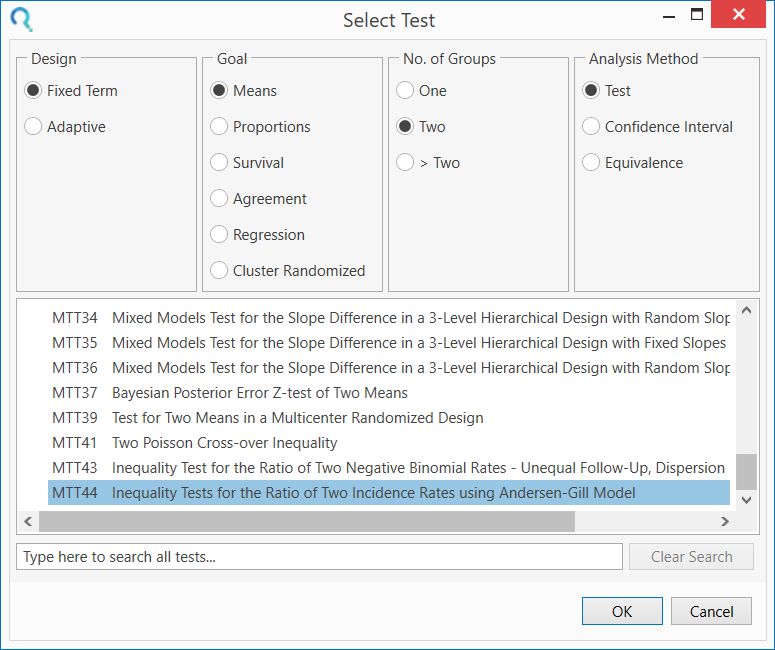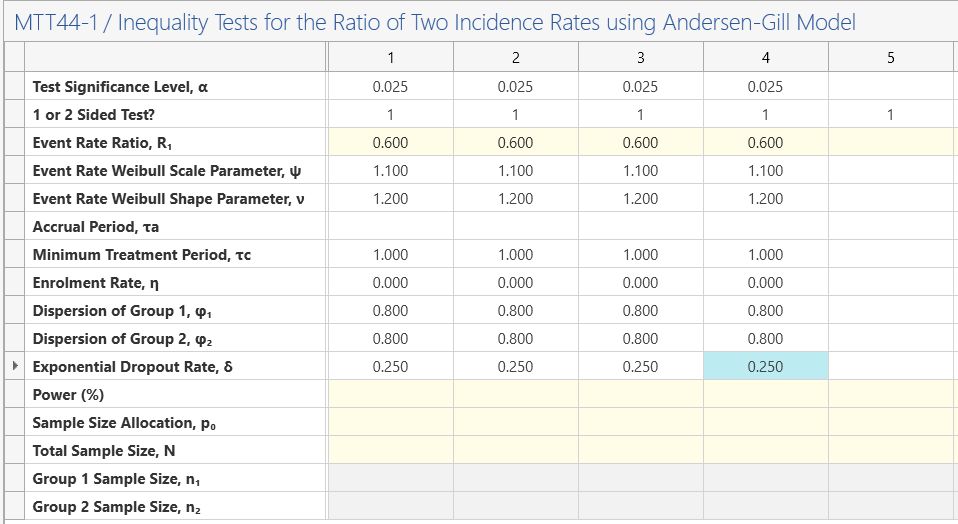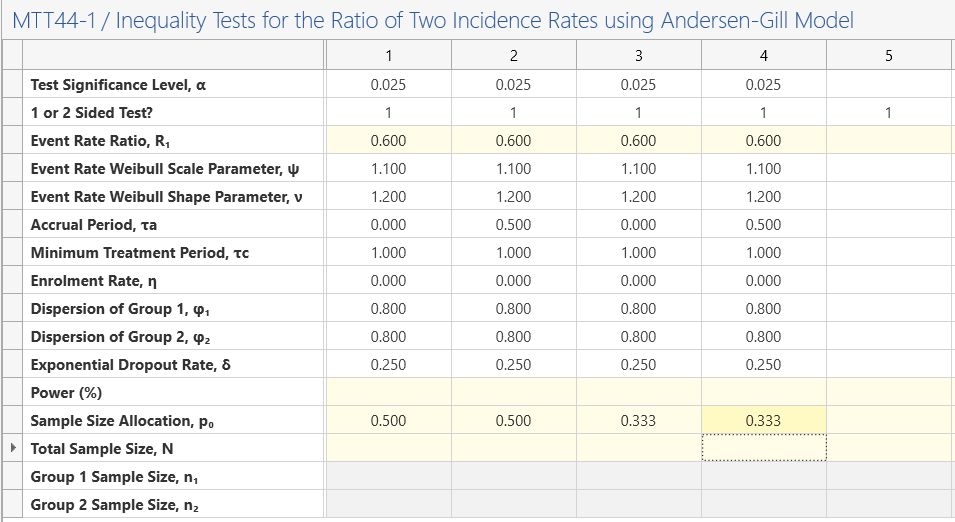
An open portfolio of interoperable, industry leading products
The Dotmatics digital science platform provides the first true end-to-end solution for scientific R&D, combining an enterprise data platform with the most widely used applications for data analysis, biologics, flow cytometry, chemicals innovation, and more.
SOLUTIONS
Sample Size & Power Calculations
Calculate for a Variety of frequentist and Bayesian Design
Adaptive Design
Design and Analyze a Wide Range of Adaptive Designs
Milestone Prediction
Predict Interim Analysis Timing or Study Length
Randomization Lists
Generate and Save Lists for your Trial Design
CAPABILITIES
Group Sequential and Promising Zone Designs
Calculate Boundaries & Find Sample Size. Evaluate Interim Data & Re-estimate Sample Size
Sample Size for Bayesian Statistics
Probability of Success (Assurance), Credible Intervals, Bayes Factors and more
Early Stage and Complex Designs
Sample size & operating characteristics for Phase I, II & Seamless Designs (MAMS)
SOLUTIONS
Sample Size & Power Calculations
Calculate for a Variety of frequentist and Bayesian Design
Adaptive Design
Design and Analyze a Wide Range of Adaptive Designs
Milestone Prediction
Predict Interim Analysis Timing or Study Length
Randomization Lists
Generate and Save Lists for your Trial Design
CAPABILITIES
Group Sequential and Promising Zone Designs
Calculate Boundaries & Find Sample Size. Evaluate Interim Data & Re-estimate Sample Size
Sample Size for Bayesian Statistics
Probability of Success (Assurance), Credible Intervals, Bayes Factors and more
Early Stage and Complex Designs
Sample size & operating characteristics for Phase I, II & Seamless Designs (MAMS)
















